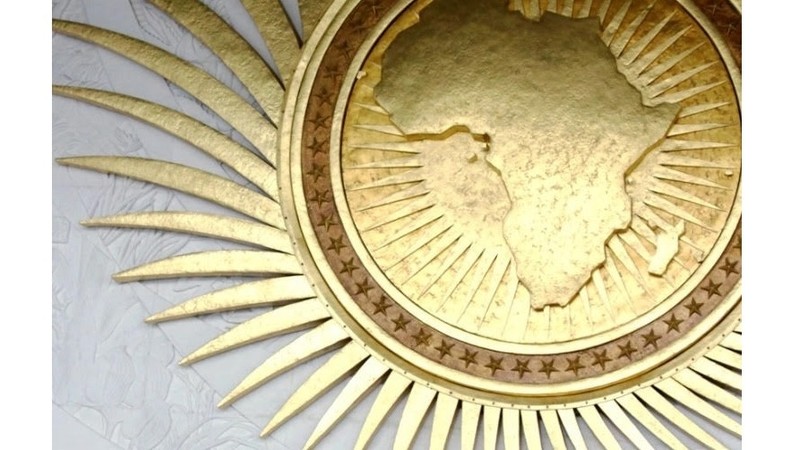Completed in 2019 after 17 years of thorny negotiations, AfCFTA is expected to open up the trade door of a US$2.5 trillion market, as well as help improve the lives of about 1.3 billion people in Africa. The all-Africa trade agreement aims to increase intra-bloc trade by reducing or eliminating cross-border tariffs on most goods, facilitating the movement of both capital and people, as well as promoting investment, paving the way for a continent-wide tariff union.
With all 54 African Union (AU) members joining the AfCFTA, of which 34 have ratified the agreement, the continent could become the largest free trade region in the world. According to the African Export-Import Bank (Afreximbank), AfCFTA could help facilitate more than US$84 billion of unexploited intra-bloc exports, opening up opportunities to increase intra-regional exports to more than US$231 billion, or about 22% of the total trade value of Africa.
Not outside the influence of the COVID-19 “storm”, African economies have been heavily affected by the pandemic. The pandemic has exacerbated Africa's numerous challenges. The continent is facing a series of crises, including deteriorating health conditions, a serious shortage of facilities and human resources, extensive economic recession, and the effects of climate change devastating communities.
From 2021, investment in agricultural development, food security and the implementation of the AfCFTA have been focused upon by African governments as factors that can play a key role in helping the continent escape from recession and gradually recover its economy.
AfCFTA is considered to have the ability to fundamentally change the current situation in Africa. Instead of focusing only on distant partners as far as Europe or America, African countries now have the opportunity to increase trade with each other and complement each other to aid in their mutual development. In an effort to boost intra-regional trade and avoid dependence on external markets, African countries are promoting trade exchange within the continent.
While global trade in 2019 decreased by 2.89%, Africa's total trade decreased by only 0.13%, reaching a value of about US$1 trillion. This smaller reduction reflects the efforts of African countries to promote intra-regional trade and attract the diversification of partners to sustain economic growth and expand trade.
However, facing the many opportunities offered by the continental free trade agreement, AU member countries need to ratify the AfCFTA in order to increase the inclusion of preferential trade within the framework of this progressive agreement.
In order to promote the realisation of AfCFTA, the AU has urged member states to remove non-tariff barriers to intra-regional trade. The AU has said that, although most member countries are well aware of the negative impact of non-tariff barriers, they have yet to put forward specific measures to address this problem. If countries do not completely solve the current situation, the implementation of this trade agreement, considered the largest in the world, will face many problems.
The success of the AfCFTA depends mostly on the efforts of the governments of the 54 AU member countries to review and eliminate the non-tariff barriers that are still widely applied in this continent. If the non-tariff barriers are successfully removed, African countries are forecast to earn about US$20 billion a year from increased trade, much higher than the US$3.6 billion figure that they have to forego for the removal of these barriers.
The trade door in Africa has opened wide, but whether the countries fully take advantage of the opportunities and potential depends on their efforts in promoting the trend of cooperation and integration.
















